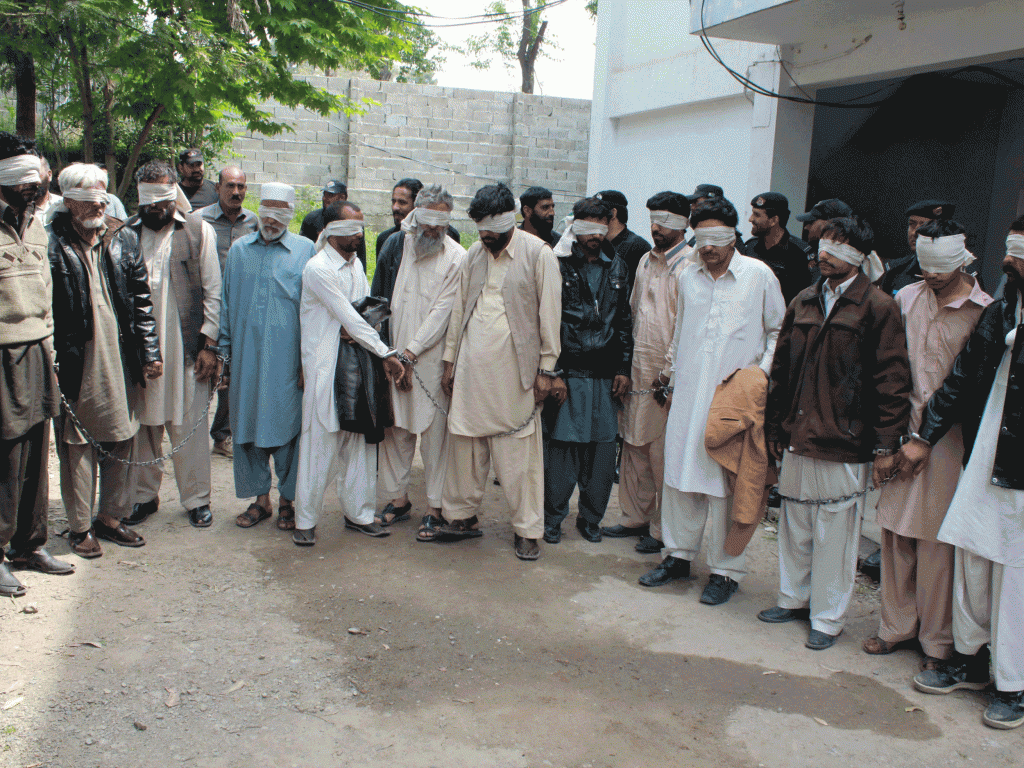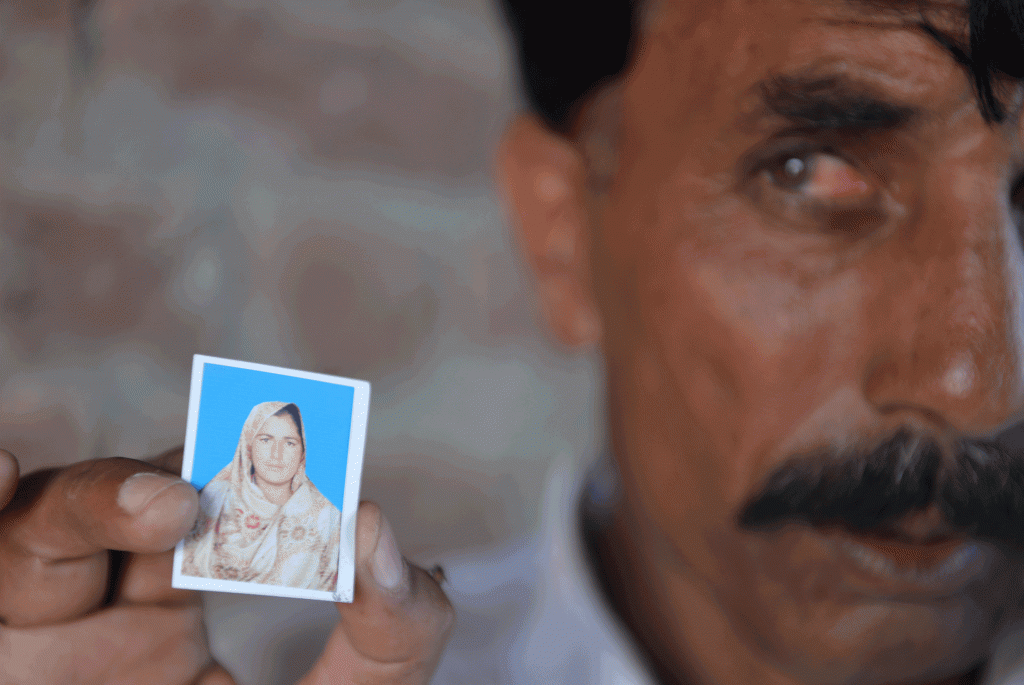The Urban ‘Kari’: Rise in urban honour killings
By Zohra Yusuf | Newsbeat National | Published 8 years ago
Only some women hit the headlines or become the subject of ‘breaking news’. Qandeel Baloch recently. Ambereen and Zeenat earlier this year. Farzana Iqbal in 2014. All killed because men believed they had brought dishonour to the family. And then there are hundreds of anonymous women who have somehow missed the media’s attention.
While the number of recorded honour killings remains at about a 1000 a year, certain recent developments observed this year are extremely disturbing. Firstly, the level of brutality. Not that any form of killing can be condoned, but earlier most women were shot or stabbed to death. However, in recent months we have witnessed three cases where young women in their teens have been burnt to death — Ambereen in Abbottabad, Zeenat in Lahore and Maria Sadaqat in Murree (Maria was killed by those whose marriage proposal she had rejected). Again in 2014, Farzana Iqbal was ‘stoned’ to death by her male relatives outside the Lahore High Court for marrying a man of her choice.
Secondly, in the past perpetrators of ‘honour’ killings have always been men. Again, in a recent trend we have seen women — mothers — displaying no qualms in killing their daughters; in fact, proudly owning up to the fact. This happened in the widely reported brutal case of 15-year-old Ambereen, who was killed on the orders of a Jirga in Abbottabad and set on fire. Her mother was arrested as an accomplice. In Lahore, teenager Zeenat was burnt to death by her mother for marrying a man of her own choice.
Thirdly, this crime once heard of from rural, backward parts of the country, is increasingly occurring in urban areas. Earlier, most cases were reported from rural Sindh and southern Punjab. However it was only, Sindh that had earned the reputation of sanctioning ‘honour’ killings or karo kari, a practice that was strongly associated with the feudal culture. As a result of migration, these feudal and tribal values shifted to the cities and town; consequently, honour killings began to get greater coverage in the mass media.
There are two aspects of media coverage that need to be explored further. One — for years, the almost apathetic attitude towards the hundreds of honour crimes committed in the more remote areas of the country. Such reports were sometimes found in the inner pages of newspapers and did not get any coverage in the electronic media. Secondly, the reasons for the sudden spurt in reporting of these crimes and its impact. Reasons could include the scale of barbarity (stoning or burning to death) or the identity of the victim (Qandeel Baloch). These factors certainly contribute to sensational reporting. Another reason could simply be the ease of reporting on an event that has occurred in an accessible area and not in the boondocks. Whatever the reasons for the media interest, the extensive coverage has brought the issue into the limelight nationally and globally, making it impossible for the government and parliament to wriggle out of taking appropriate steps to curb this dishonourable crime against women.
With the approval of the parliamentary committee, two bills pertaining to crimes against women will soon be presented before a joint sitting of both houses. The draft law against honour killing has several positive facets, the most significant one being making the crime non-compoundable and not one that can be resolved through a private settlement between two parties. Even if a compromise is reached, the perpetrator can be imprisoned for up to 25 years. The fact that it took the ruling party and the lawmakers several years — in spite of pledges made earlier — to restart the process of legislation is a strong indictment of the level of commitment given to women’s rights and status.
It must be acknowledged that laws are not enough to bring about an end to such heinous crimes. However, they are a significant beginning, a declaration of intent that the state will not tolerate the commission of such misogynistic crimes and will ensure that the course of justice is followed. Legislation needs to be followed through with strict enforcement as well as sensitisation of the police and the judiciary. Even inclusion of the subject in the curriculum should be considered.
The issue of honour is deeply rooted in a patriarchal society that is yet to shed feudal and tribal value systems. Regrettably, honour is not associated with honesty or doing the right thing but rather in exercising control over a woman’s desire to make personal choices. More and more women in Pakistan, exposed to the outside world through the mass or social media, are attempting to exercise the right to make their own decisions. While this is an irreversible process, the backlash to women’s expression of their fundamental freedoms has been brutal. It’s primarily a clash between patriarchy’s attempts to exercise total control and women’s desire to explore their freedom. Even Qandeel Baloch’s free spiritedness could not survive the onslaught of the male desire to control her — and that, too, even before her murder.
Perhaps, as atonement, Qandeel’s funeral was largely attended by men from her village, who carried her coffin on their shoulders for burial. This is in sharp contrast to the secretive graveyard in Larkana where women are buried anonymously and even their families refrain from visiting. Of course this doesn’t necessarily indicate any change in attitude.
Murders in the name of honour need to be closely monitored. There is hardly ever any follow-up on a case right up to its conclusion, whether by journalists or civil society organisations. We remain in the dark about even the more high profile ones. The blinkers have to be removed if women are to get justice.




